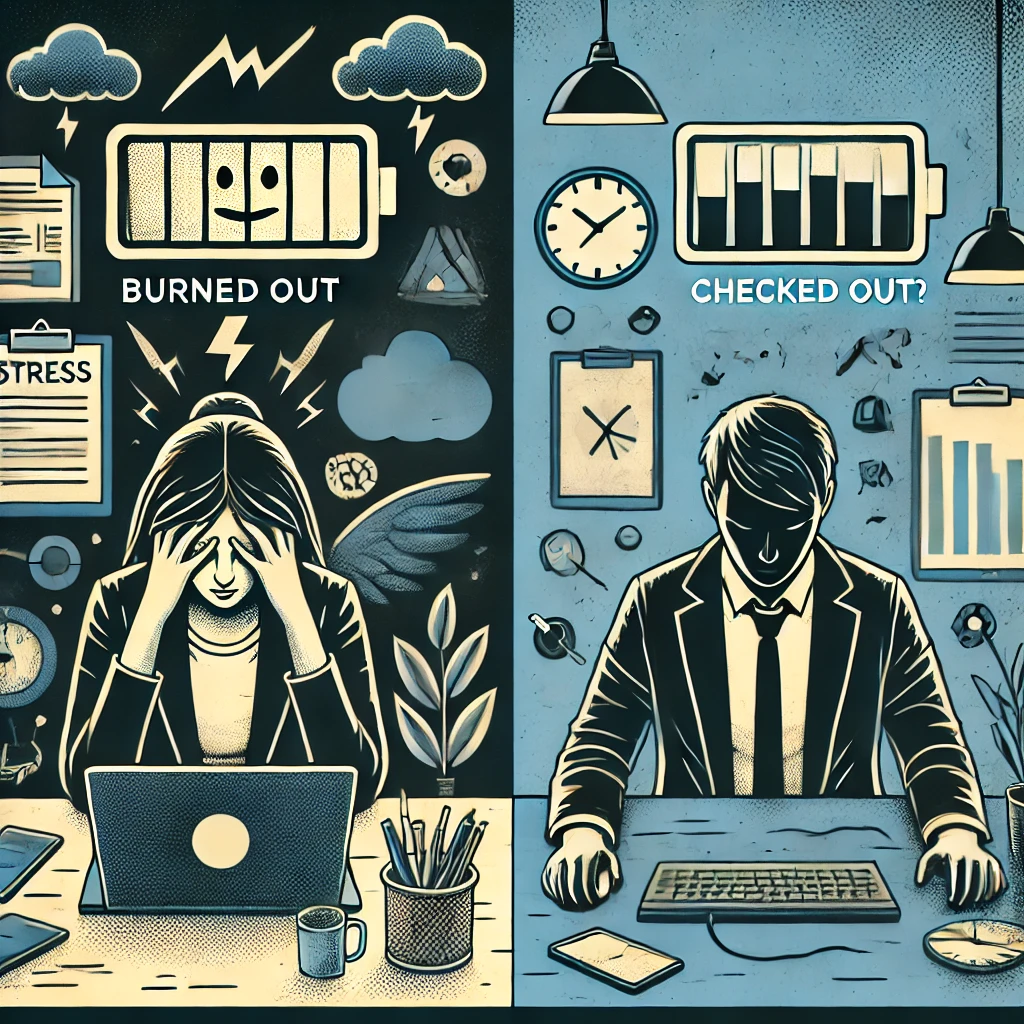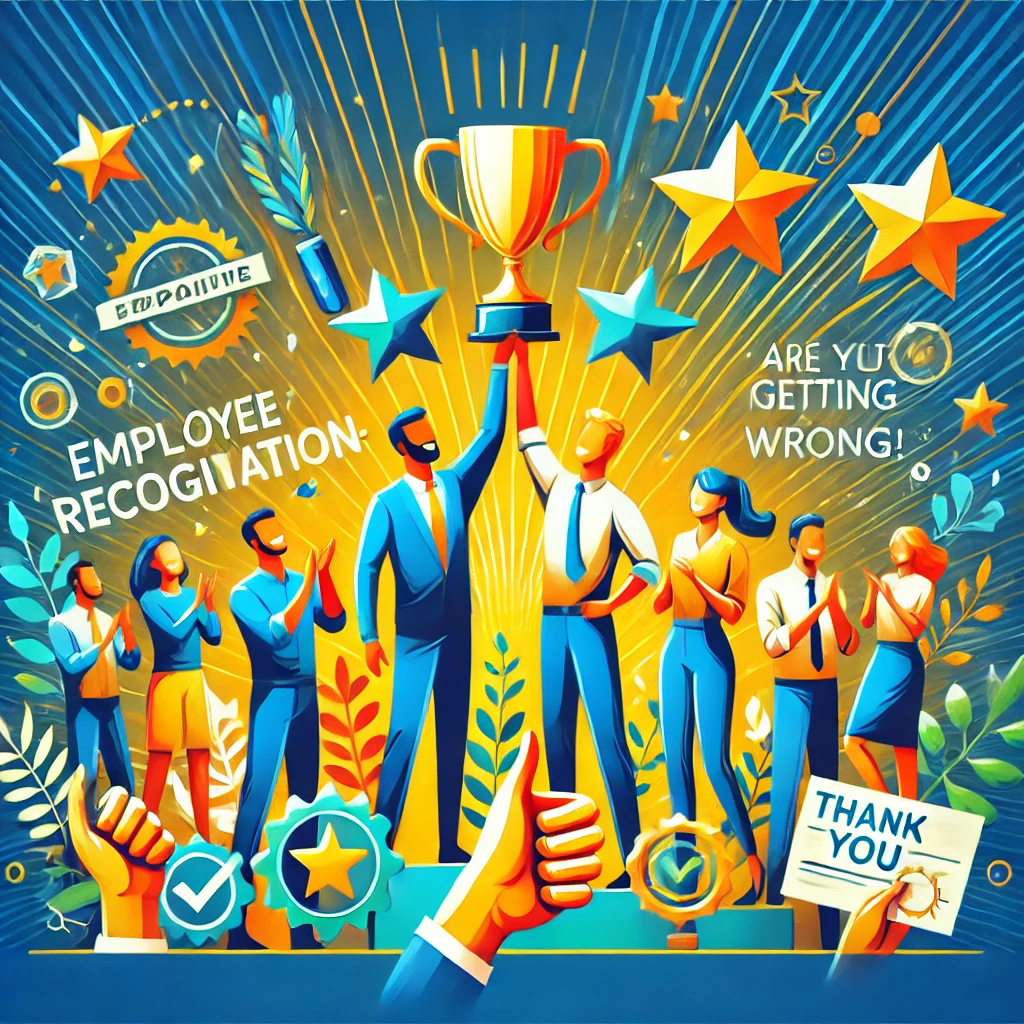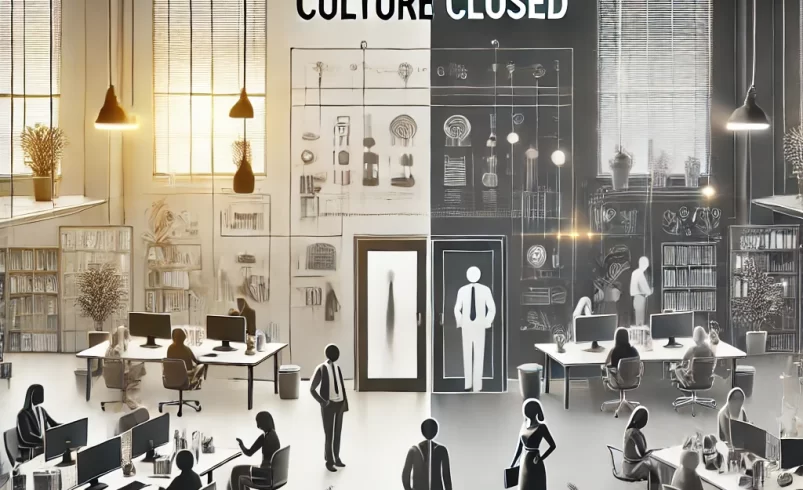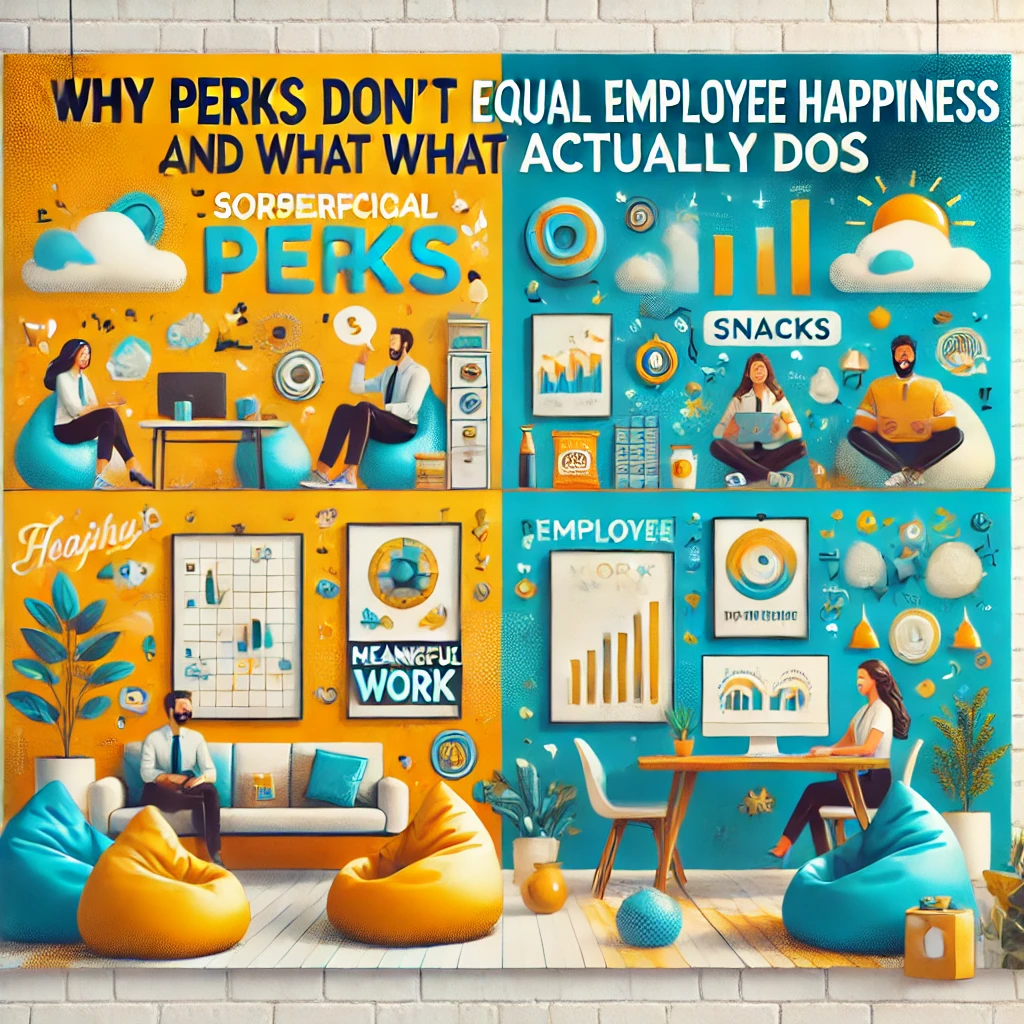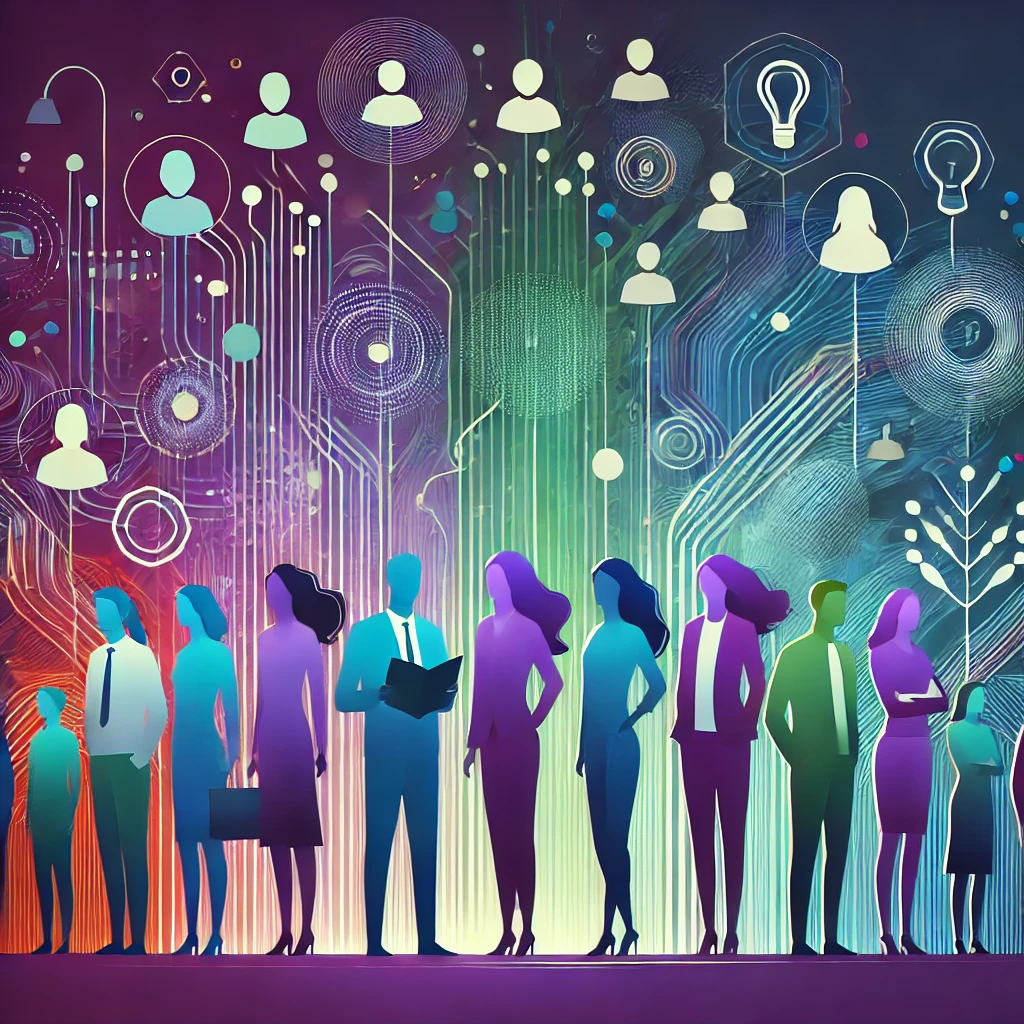Offices are buzzing again. Desks are occupied, coffee machines are running, and conference rooms are booked. But here’s the question—while the office doors are open, is the company culture still closed off?
The pandemic fundamentally changed how we work. Remote work allowed employees to experience flexibility, autonomy, and work-life balance. Now, as companies push for a return to the office, some are realising that culture hasn’t quite caught up. Employees are back physically but mentally disengaged. Why is that happening?
The Disconnect Between Space and Culture
- Surface-Level Reconnection:
Reopening the office doesn’t automatically revive pre-pandemic culture. Casual conversations and office events can feel forced if employees don’t feel truly connected. - One-Size-Fits-All Approach:
Forcing everyone back without understanding their needs can create resentment. Some employees thrived remotely, while others missed in-person collaboration. - Lack of Psychological Safety:
Employees might fear voicing concerns about returning, leading to silent disengagement. - Ignoring Hybrid Workers:
In hybrid models, remote employees can feel left out of impromptu meetings and office bonding moments, widening the culture gap.
Signs Your Office Culture Is Closed
- Low Employee Engagement:
Reduced participation in meetings, social events, or collaborative projects. - Increased Turnover:
A rise in resignations post-return could indicate dissatisfaction with workplace culture. - Lack of Open Communication:
Employees are hesitant to share feedback or concerns, signaling distrust. - Cliques and Silos:
Teams operate in isolated bubbles with little cross-functional interaction.
Why Culture Needs to Evolve Post-Pandemic
- Employee Expectations Have Shifted:
Flexibility, well-being, and purpose now top the list of what employees want from work. - Work-Life Boundaries Have Changed:
Employees value autonomy and expect workplaces to respect personal boundaries. - Mental Health Is a Priority:
Ignoring employee well-being can severely damage trust and engagement.
How to Reopen the Office and the Culture
- Prioritise Psychological Safety:
Encourage open conversations about concerns and preferences regarding work models. - Blend Flexibility with Structure:
Offer flexible work arrangements where possible. Let teams decide what hybrid models work best. - Rebuild Social Connections:
Plan authentic team-building activities that feel natural, not forced. Mix virtual and in-person events to include everyone. - Involve Employees in Decision-Making:
Engage employees in shaping new workplace policies. Co-create solutions rather than enforcing top-down decisions. - Invest in Leadership Development:
Train managers to lead hybrid teams effectively and with empathy. - Redefine Company Values:
Revisit and adapt company values to reflect the current work environment. Ensure they’re not just words on the wall but actions in the hall.
Companies Getting It Right
- Microsoft: Offers flexible hybrid models, focusing on employee well-being and work-life balance.
- Atlassian: Embraces distributed work, allowing teams to choose where and how they work best.
- Tata Consultancy Services (TCS): Introduced a hybrid model and invested in employee upskilling to adapt to new work realities.
Final Thoughts
Reopening the office is easy. Rebuilding a thriving, inclusive culture is the real challenge. Employees need to feel valued, heard, and connected—whether they’re in the office or working remotely.
The future of work isn’t about where we work, but how we work together. So, ask yourself—is your office truly open, or is the culture still closed?


